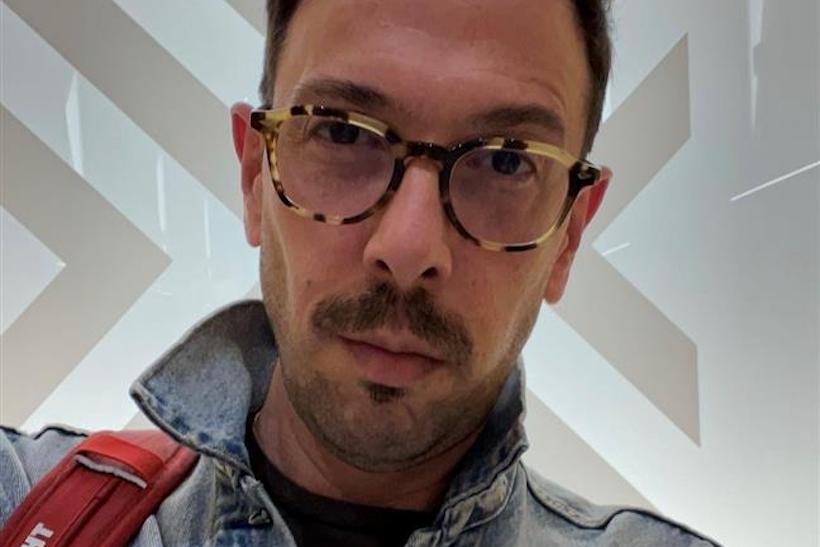Daoism is an ancient Chinese philosophy for living in balance and harmony with the world. Its origins in the 8th century as a framework for organizing culture just happen to reflect some of the tenets of decentralized organizations in our modern world today.
Fast forward to a time where blockchain-enabled smart contracts contain the rules to run complex decentralized autonomous organizations. DAOs for short, these groups exist as hubs that enable people to safely connect and transact in the digital and physical world.
Like Daoism, the tenets of a modern day DAO emphasize simplicity, equality, trust and transparency. All decisions are governed by a community, which is organized around a set of rules that are recorded and enforced on the blockchain.
DAO 101
Members gain entry into DAOs by owning tokens. These tokens can contain any number of functions, and they are traded or held like any cryptocurrency. One of the more popular tokens are NFTs, which represent ownership rights to a unique digital or physical asset.
DAOs are designed to be completely autonomous and transparent, which is important for incentivizing creativity and enabling connectivity. They enable creators to get credit for – and even own and manage – the value they create. Doing so incentivizes them to create more.
DAOs and the social era
DAOs feel like a direct response and desire for change. Centralized organizations like Facebook are governed by a single entity that can be manipulated by outside forces. People no longer want to be exploited by their own data; they want a more fluid and open source approach.
DAOs are picking up where social networks have failed. They are longer about extracting value from people. They bring together ethicists, engineers, economists, lawyers and governance experts to build a connected system that supports trusted interactions. It’s a more sophisticated approach to values in the digital age.
The real advantage of a DAO is that it shifts the power from the platform (Web2) to creators and communities (Web3). DAOs build communities that nurture interoperability, identity and ownership. They foster the relationship between creators and their audiences by enabling them to fund, create, buy, sell and distribute digital assets that come with valuable utilities and services.
The future of brands and consumer ownership
I love the idea that a brand can use a DAO to turn its customers into owners.
DAOs allow brands to build, engage and co-create with communities, gamify experiences, offer investment, give rewards and provide governance. It is the perfect connected tool to manage valuable customer relationships as owners.
In the past, stakeholders were primarily investors, employees, suppliers, communities, governments and trade associations. DAOs give customers more of a vested interest in the brand and empower customers to engage beyond simply consuming its products.
DAOs also offer brands an opportunity to impact communities more powerfully. Rather than donating to a cause, a brand might join a DAO and fuel that cause with both the currency and their participation in that community.
It’s an exciting new paradigm shift for brands to deepen their connections with customers beyond the transaction and create emotional relationships. It’s a new era where customers can truly own part of building the brands they love.
Craig Elimeliah is an executive creative director at VMLY&R.

